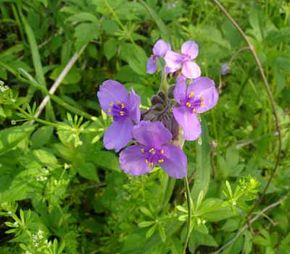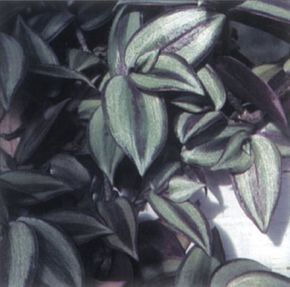Spiderworts can be compared to daylilies and dayflowers -- each blossom lasts only one day. The common name refers to the many glistening hairs on the sepals and the buds. They resemble a spider's nest of webs, especially when covered with dew ("wort" is an old English word for plant).
Perennial Flowers Image Gallery
Advertisement
Description of spiderwort: Spiderworts are weak-stemmed plants that grow up to 1 foot long. They produce a watery juice and have folded, straplike leaves. The 3-petaled flowers, opening at dawn and fading by mid-afternoon, are surrounded by many buds. Spiderwort ease of care: Easy.
How to grow spiderwort: Spiderworts want a good, well-drained garden soil in full sun or partial shade. In dry summers, they will need extra water. In too-rich soil, they grow quickly and tumble about. Even the newest types can become floppy by midsummer -- so when flowering is through, cut the plants to the ground, and they will often flower again.
Propagating spiderwort: By division in spring or by seed.
Uses for spiderwort: Although fine in the sunny border, the newer spiderworts are best in areas of open shade, especially under tall trees.
Spiderwort related species: Tradescantia virginiana is the original species and is still found in many old country gardens. The flowers are usually 1 inch wide, violet-purple, and often very floppy.
Spiderwort related varieties: 'Red Cloud' has deep rose-red flowers; 'Zwanenberg' has very large, blue flowers; 'Snow Cap' is pure white; and 'Valor' is a deep red-purple. All grow to a height of 20 inches. 'Sweet Kate' has yellow leaves and deep blue flowers. 'Concorde Grape' is deep violet blue.
Scientific name for spiderwort: Tradescantia x Andersoniana
If you love the spiderwort's heliotropic flowers but don't have an outdoor garden, consider growing it as a house plant. We'll show you how in the next section.
Want more gardening information? Try:
Advertisement

